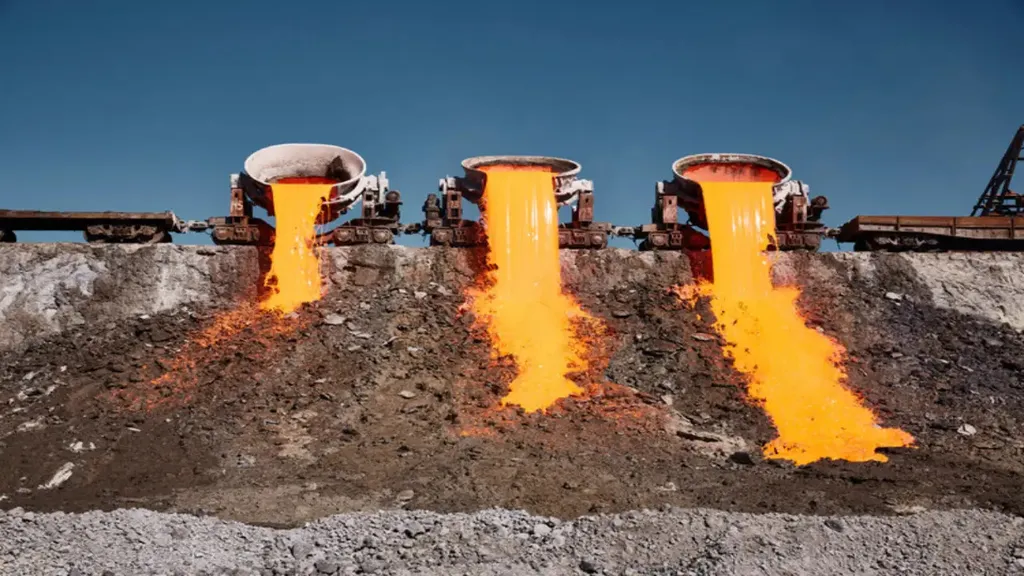In the heart of Brazil’s southernmost state, a groundbreaking study is turning industrial waste into a geotechnical game-changer. Researchers at the Universidade Federal do Rio Grande do Sul, led by Cesar Alberto Ruver, have discovered a novel way to stabilize fine sands using two abundant local byproducts: carbide lime (CC) and rice husk ash (CCA). Their findings, published in the journal Geotecnia (English: Geotechnics), could revolutionize construction practices and offer significant benefits to the energy sector.
The study focuses on the mechanical strength and permeability of fine windblown sand when mixed with varying proportions of CC and CCA. “We wanted to see how these residues could enhance the properties of sand, making it suitable for geotechnical applications,” explains Ruver. The results are promising: the treated sand’s permeability decreased by up to 58 times compared to untreated sand, and its uniaxial compressive strength reached up to 3 MPa.
The implications for the energy sector are substantial. In regions where fine sands are prevalent, this stabilization technique could enable the construction of stable foundations for wind turbines, solar panel installations, and other energy infrastructure. Moreover, the use of industrial byproducts not only reduces waste but also cuts down on the need for traditional binding agents like cement, potentially lowering construction costs and environmental impact.
The research also sheds light on the optimal conditions for achieving desired geotechnical properties. The study varied the percentage of CC+CCA (10% and 20% by weight), the ratio of CC to CCA (1:1, 1.5:1, and 2:1), the dry unit weight (15.5, 16.5, and 17.5 kN/m³), and the curing time (7, 28, and 60 days). The findings reveal that permeability is most influenced by the binder content, while curing time has the most significant impact on strength.
As the world grapples with waste management and sustainable construction practices, this research offers a beacon of hope. By transforming industrial residues into valuable construction materials, it paves the way for a more circular economy. “This is just the beginning,” says Ruver. “We hope our work inspires further research and practical applications in the field.”
With the energy sector increasingly focused on sustainability and cost-effectiveness, the insights from this study could shape future developments in geotechnical engineering. As the world transitions to renewable energy, innovative solutions like these will be crucial in building the infrastructure needed to support the green energy revolution.

